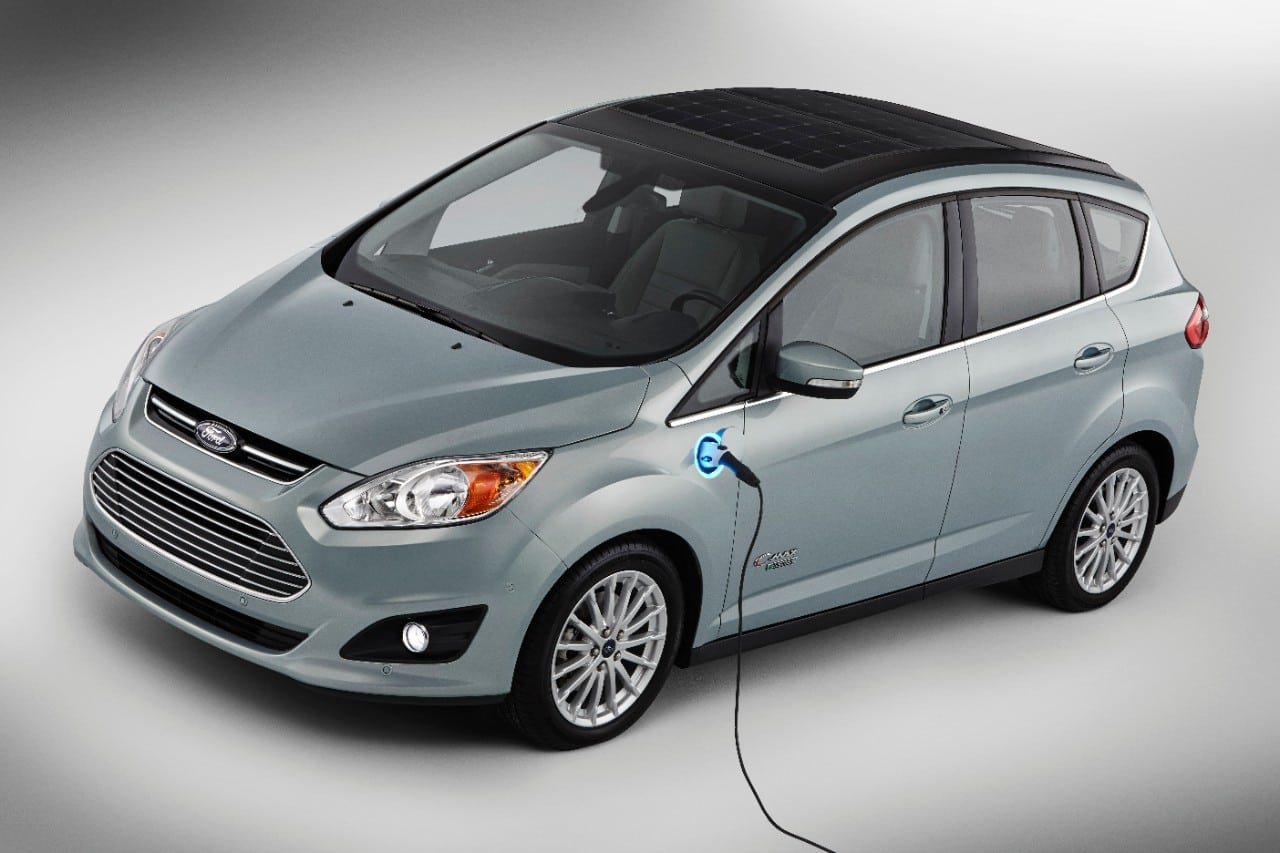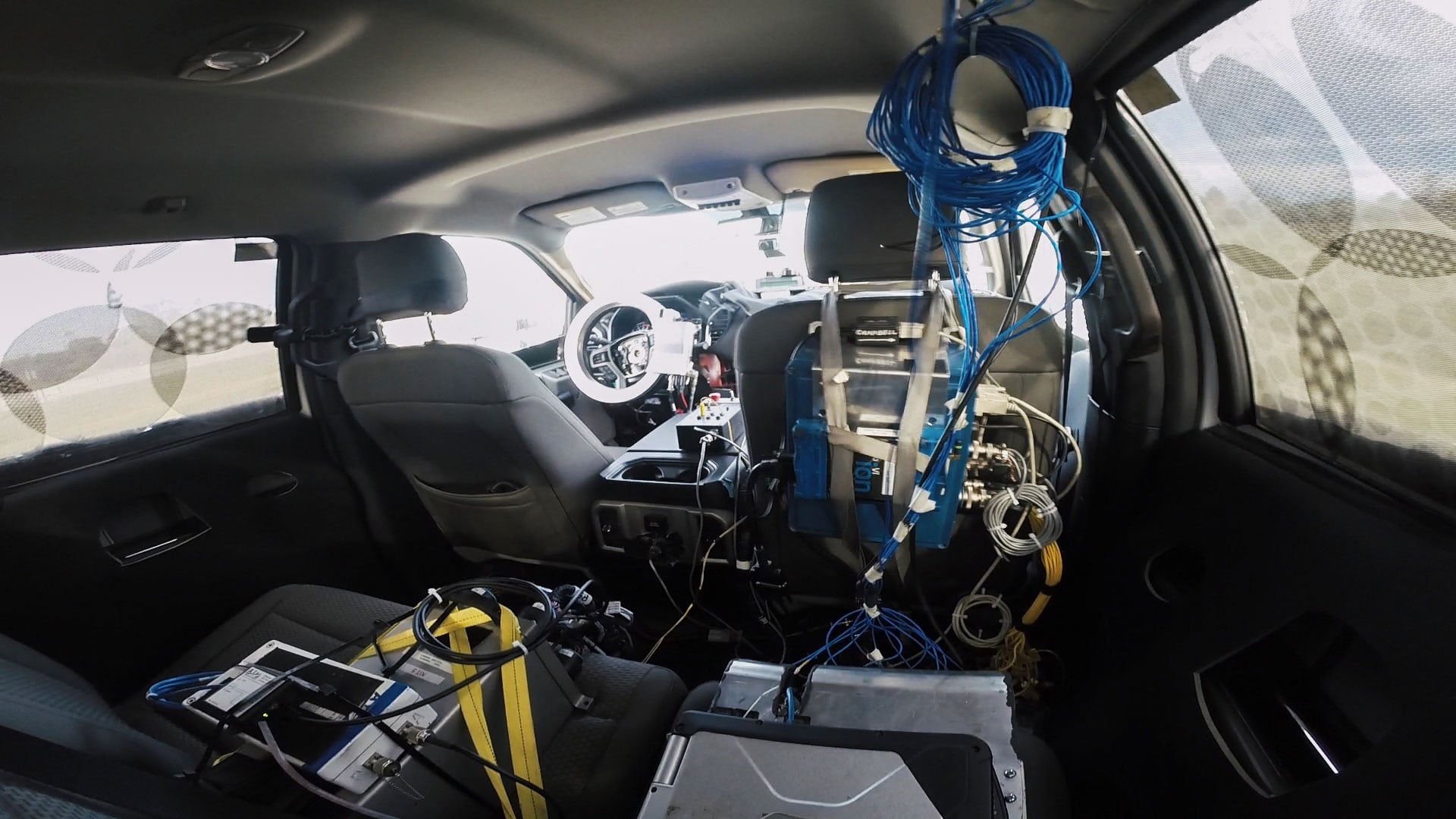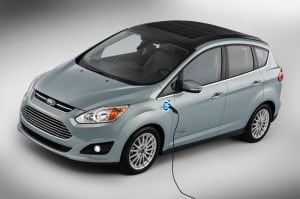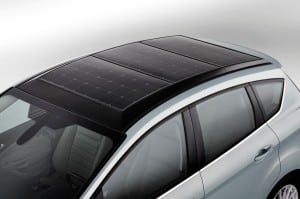
Ford shows proof-of-concept solar panel on C-MAX roof to top off battery. Will this proof-of-concept be a future trend? Before we say anything, let’s get one thing out of the way, the C-MAX Solar Energi Concept is just that, a concept. Still, it isn’t that far fetched and we’ve seen previous similar concepts, notably the very funky looking elongated Smart ForTwo Sunmotor Coupe DX shown below.

Obviously, Fisker looked into it, as well as many others. So far, those systems have been relegated to powering ancillaries, such as fans and lights. If the idea is appealing, solar panel technology is nowhere near energy dense enough to charge an electric vehicle, EV alone. In controlled lab situation, solar panels have achieved close to 30% efficiency. Modern solar panels are about 15% to 20 efficient, at best.
Solar panel electric car.
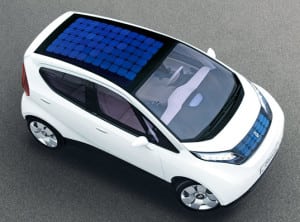 Ford is very careful to call it the C-MAX Solar Energi Concept a concept. The joint project with SunPower Corp. and the Georgia Institute of Technology shows that using the right automotive solar cells could one day charge a car. In the meantime, Ford’s solar C-MAX has a few interesting tricks ups its sleeves. The C-MAX Solar Energi Concept uses an elegant solution to the energy density problem of solar panels by using a Fresnel lens to concentrate sunlight, amongst other things. What this does is focus more photons on the photovoltaic panel, I would assume at great heat expense.
Ford is very careful to call it the C-MAX Solar Energi Concept a concept. The joint project with SunPower Corp. and the Georgia Institute of Technology shows that using the right automotive solar cells could one day charge a car. In the meantime, Ford’s solar C-MAX has a few interesting tricks ups its sleeves. The C-MAX Solar Energi Concept uses an elegant solution to the energy density problem of solar panels by using a Fresnel lens to concentrate sunlight, amongst other things. What this does is focus more photons on the photovoltaic panel, I would assume at great heat expense. 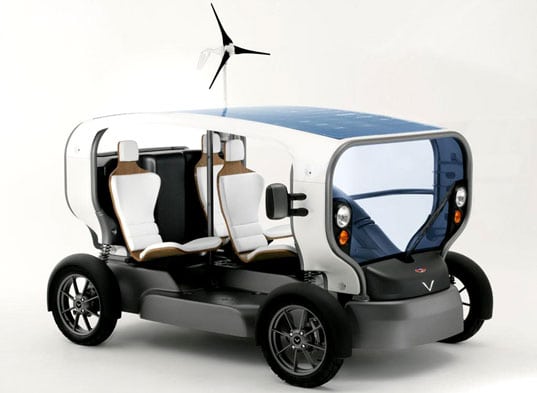
Not your everyday solar panel.
Before you decide to go out and buy a solar panel to slap on top of your EV, this SunPower Corp. panel is specifically designed to fit on top of a C-MAX. Its silica cells are smaller than a traditional rooftop solar panels, which explains how the company was able to give is a slight curvature. Ford feels this specific chemistry allows up to 50% more energy than a conventional panel. Even with this impressive number, the panel alone is not practical enough to recharge the car by itself just yet.

In optimal condition, full sun in a full day, Ford estimates the solar panel could provide 8 kW of electricity. The carmaker also estimates this system would save 4.4 tons of carbon dioxide emissions. Effectively, this solar panel could recharge in ideal situation one seventh of the total C-MAX Energi battery in a day.
- The Ford C-MAX Solar Energi Concept
We will hear a lot on this topic as experts point to the pros and cons. One thing is certain, the more we focus on a specific system, the more likely we will see it down the road. For the past four to five years, we have seen photovoltaic cells appearing on electric cars. At some point, we should have enough energy density to make these panels recharge greater amount. As to when will a solar panel be efficient enough to charge an EV by itself, we are easily five to ten years away from it. In the meantime, solar panels on an electric or plug-in hybrid, PHEV will continue to drip charge a battery pack, which in and of itself is a darn good idea.


